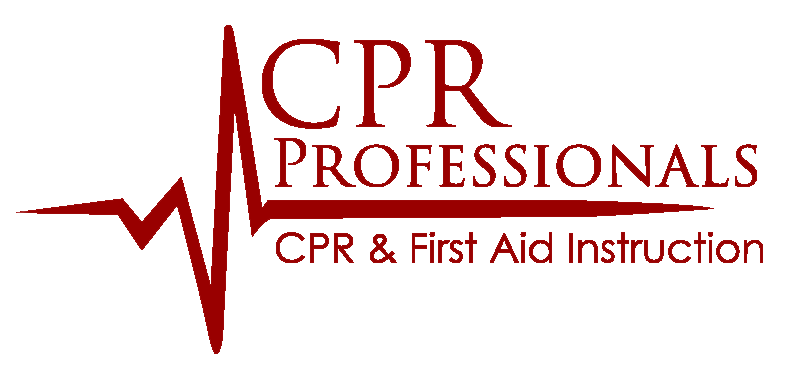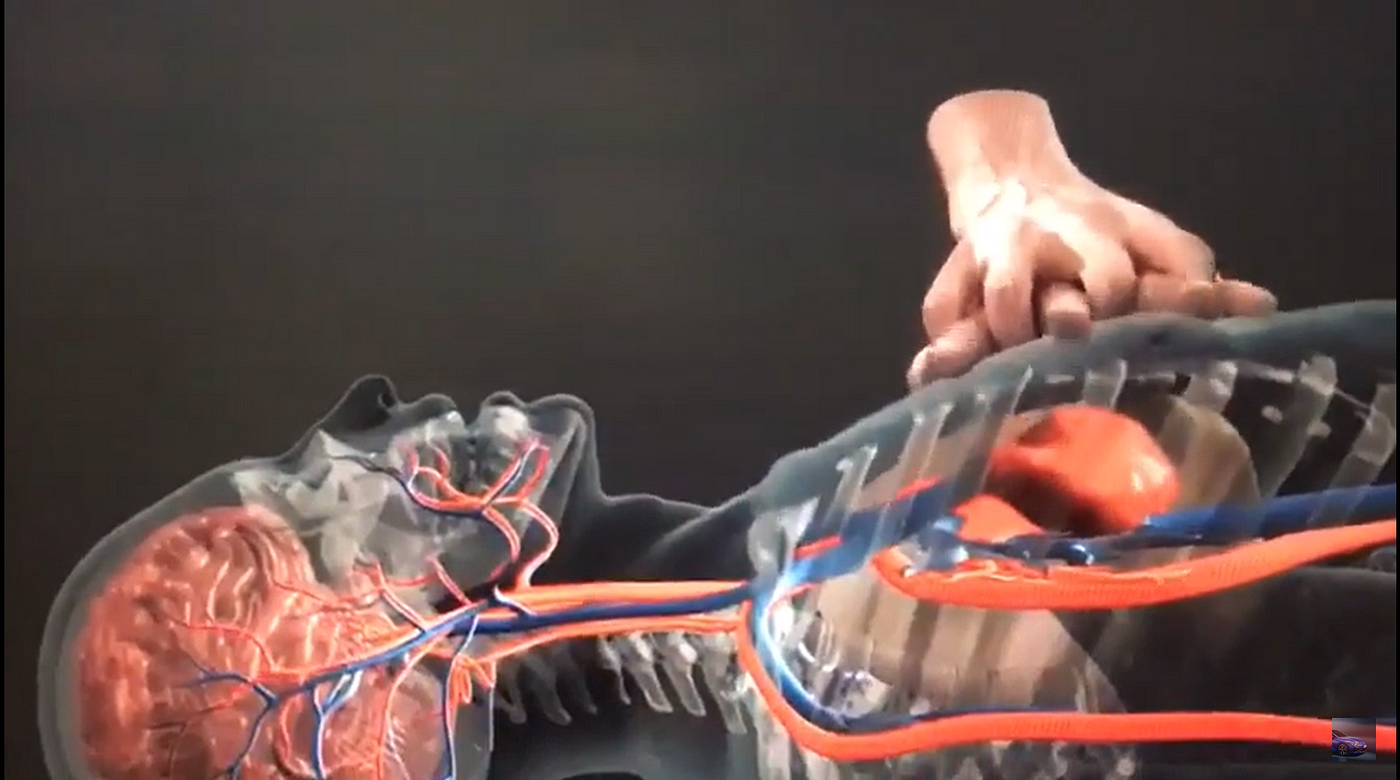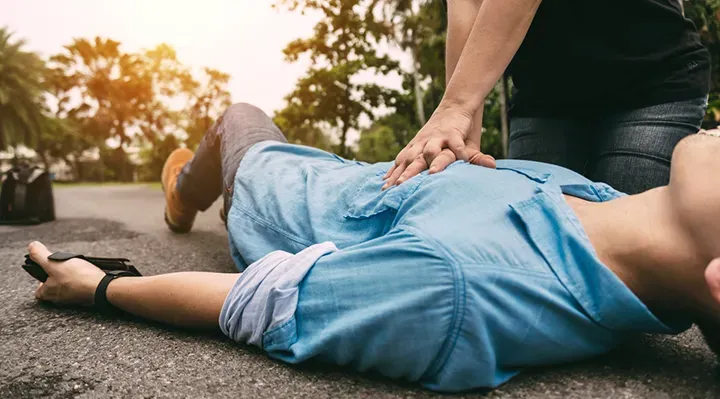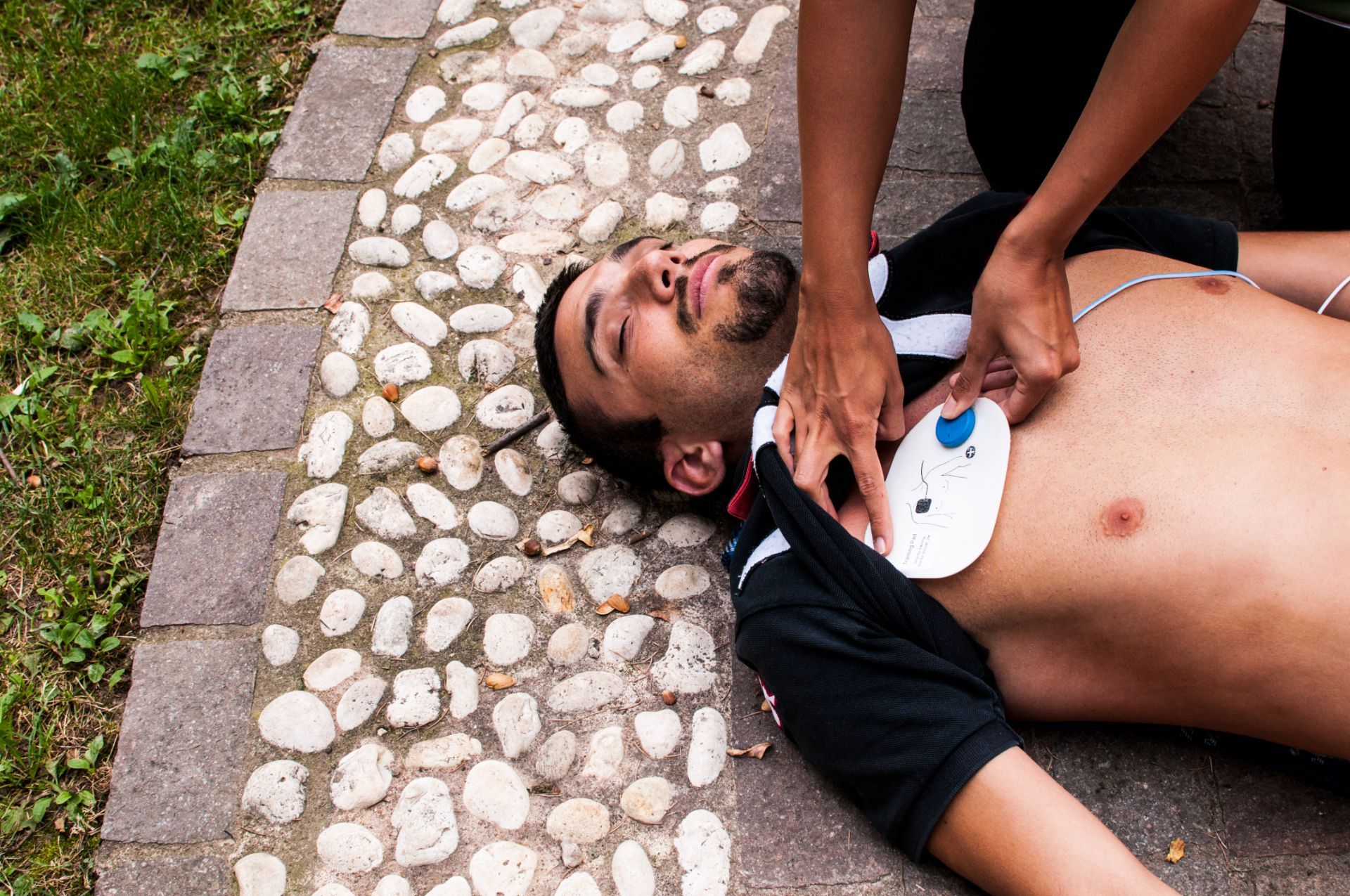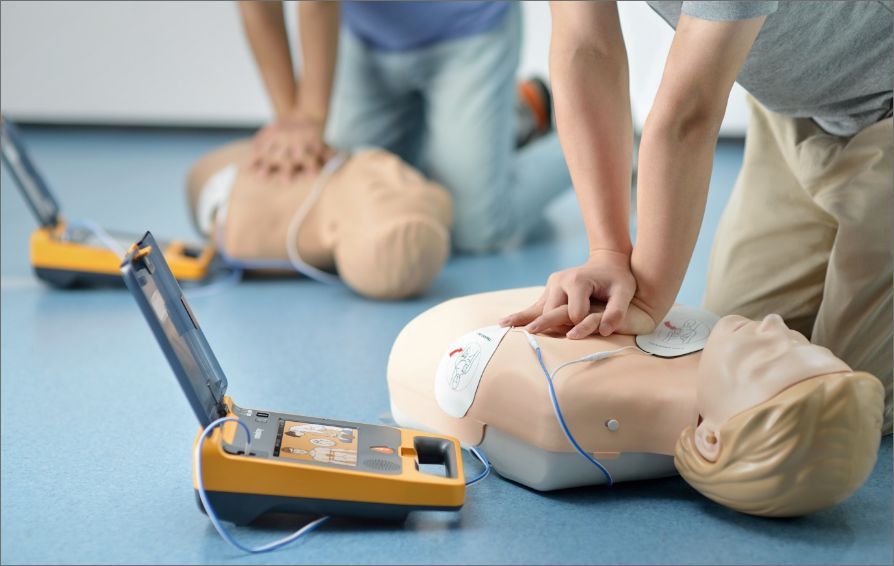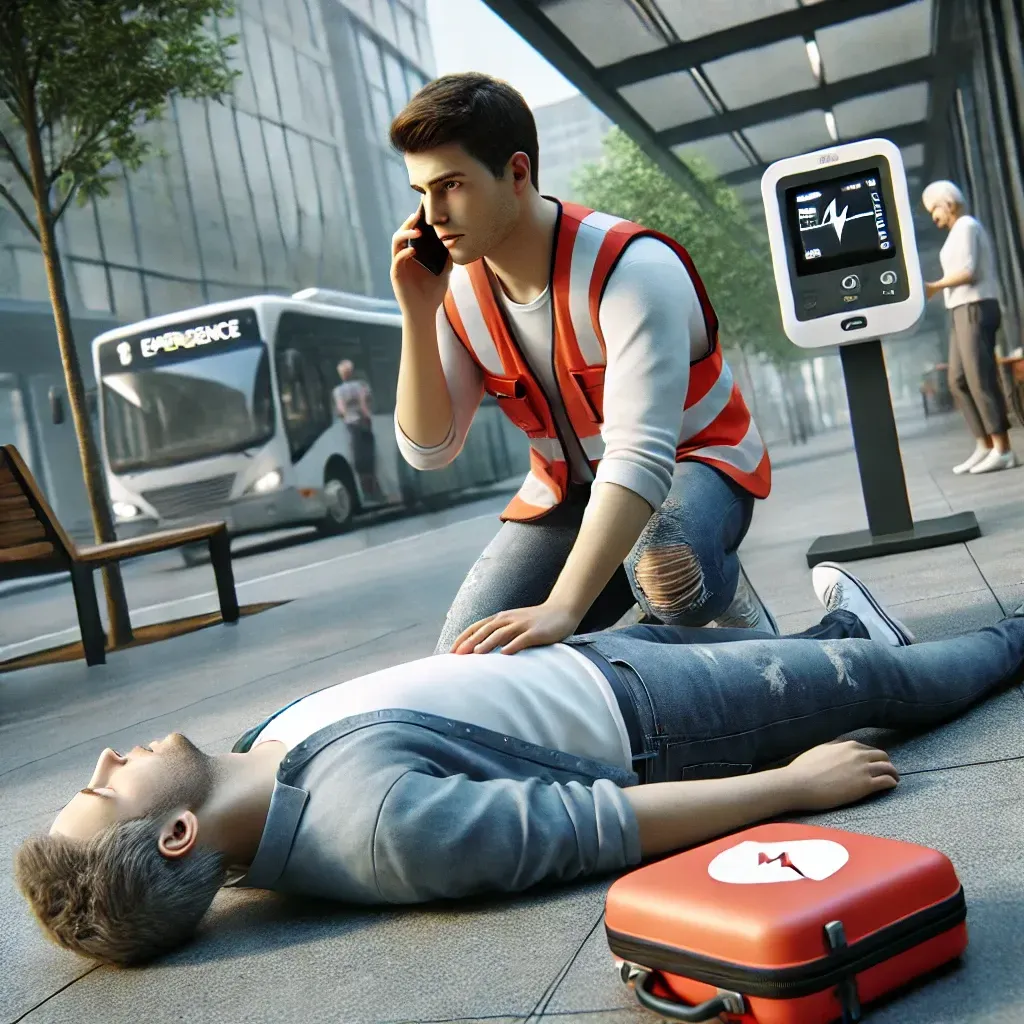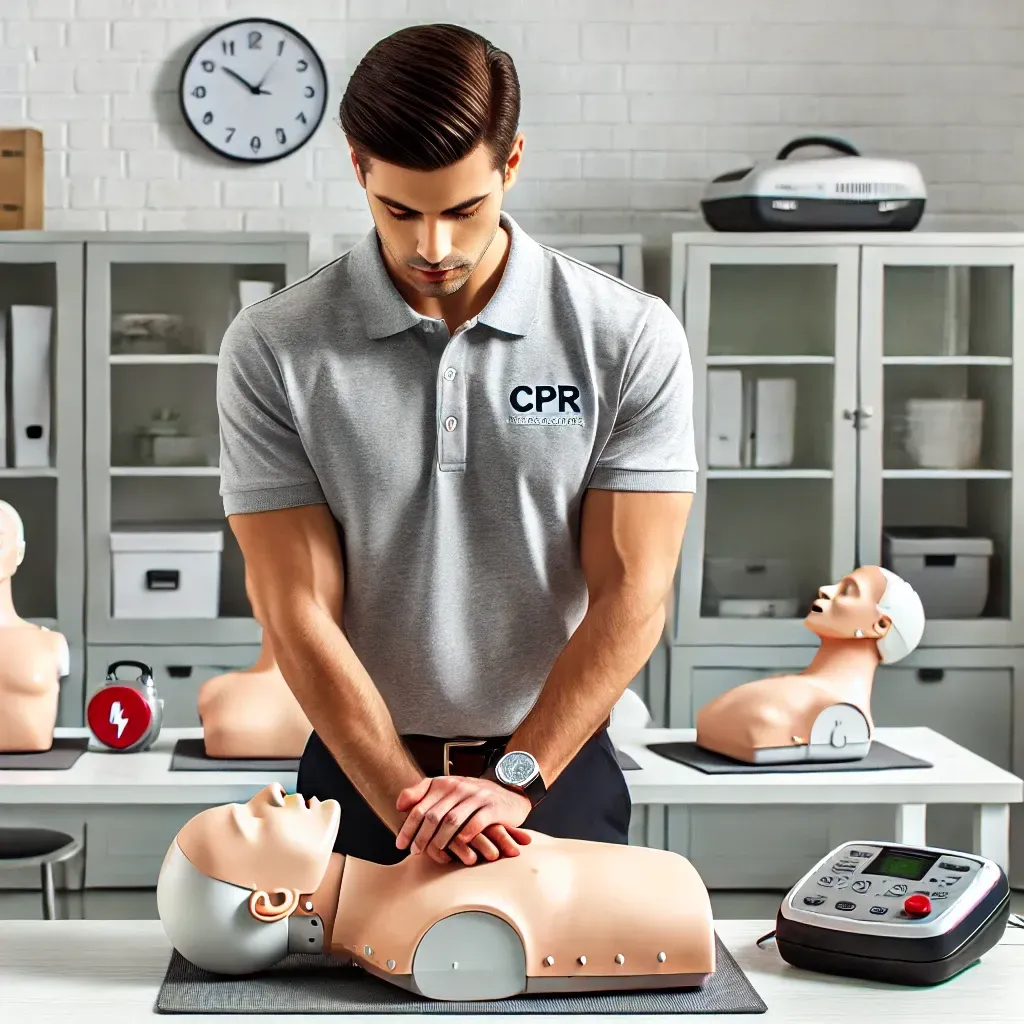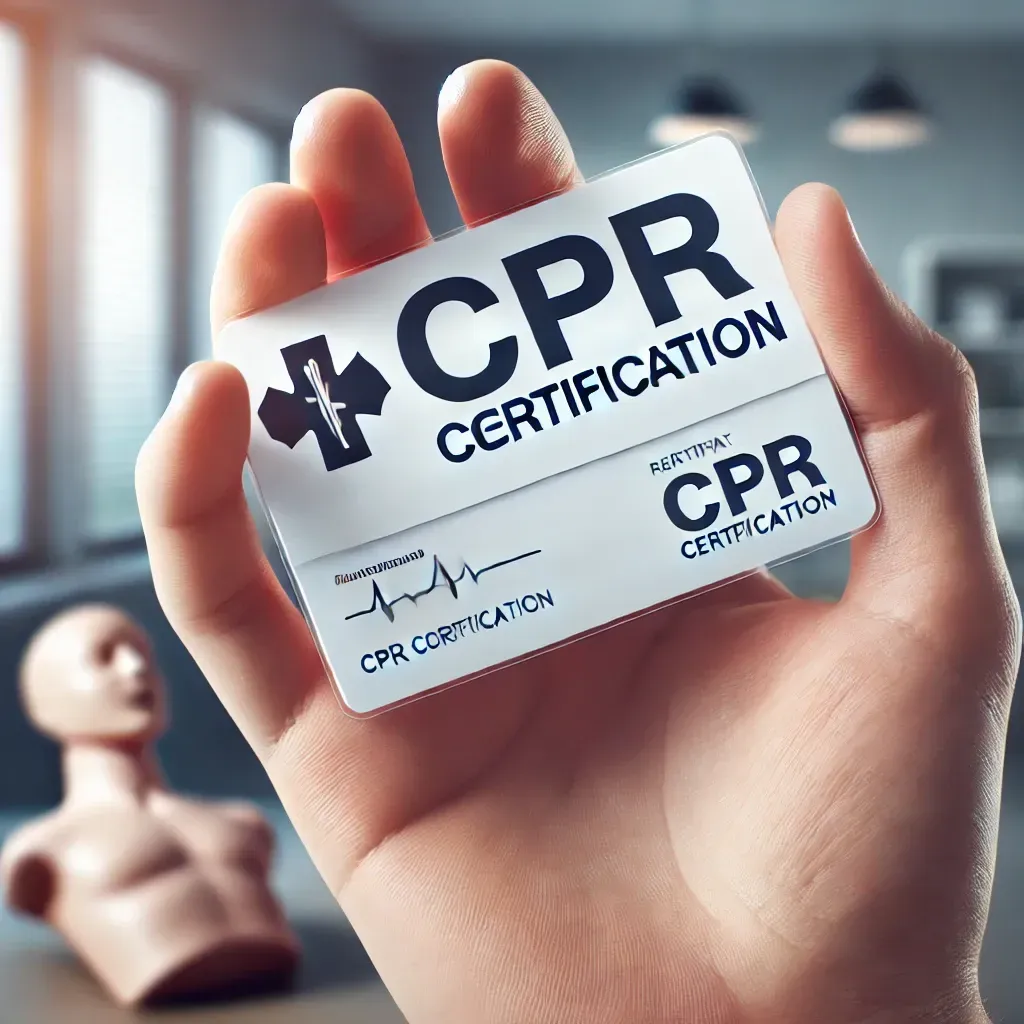All BLS Classes result in a 2-year American Heart Association (AHA) Certification. Sign up Today!
Is Mouth-to-Mouth Still Recommended for CPR in 2025?
TLDR;
Mouth-to-mouth is no longer recommended for most adult cardiac arrest situations by the
American Heart Association (AHA). In 2025, hands-only CPR is the advised method for untrained bystanders, while rescue breaths are still important in specific scenarios like drowning, drug overdose, and for children or infants.
What Are the Current CPR Recommendations?

If you're wondering whether mouth-to-mouth is still necessary, here's the short answer: In most adult cardiac arrest situations, it's not.
- The AHA recommends hands-only CPR (chest compressions only) for bystanders who are untrained or unsure.
- Rescue breaths are still recommended in specific cases and for trained responders.
This shift in guidance prioritizes simplicity and action. The goal is to increase the likelihood of bystander intervention.
How Did We Get Here? A Quick Look at CPR’s Evolution
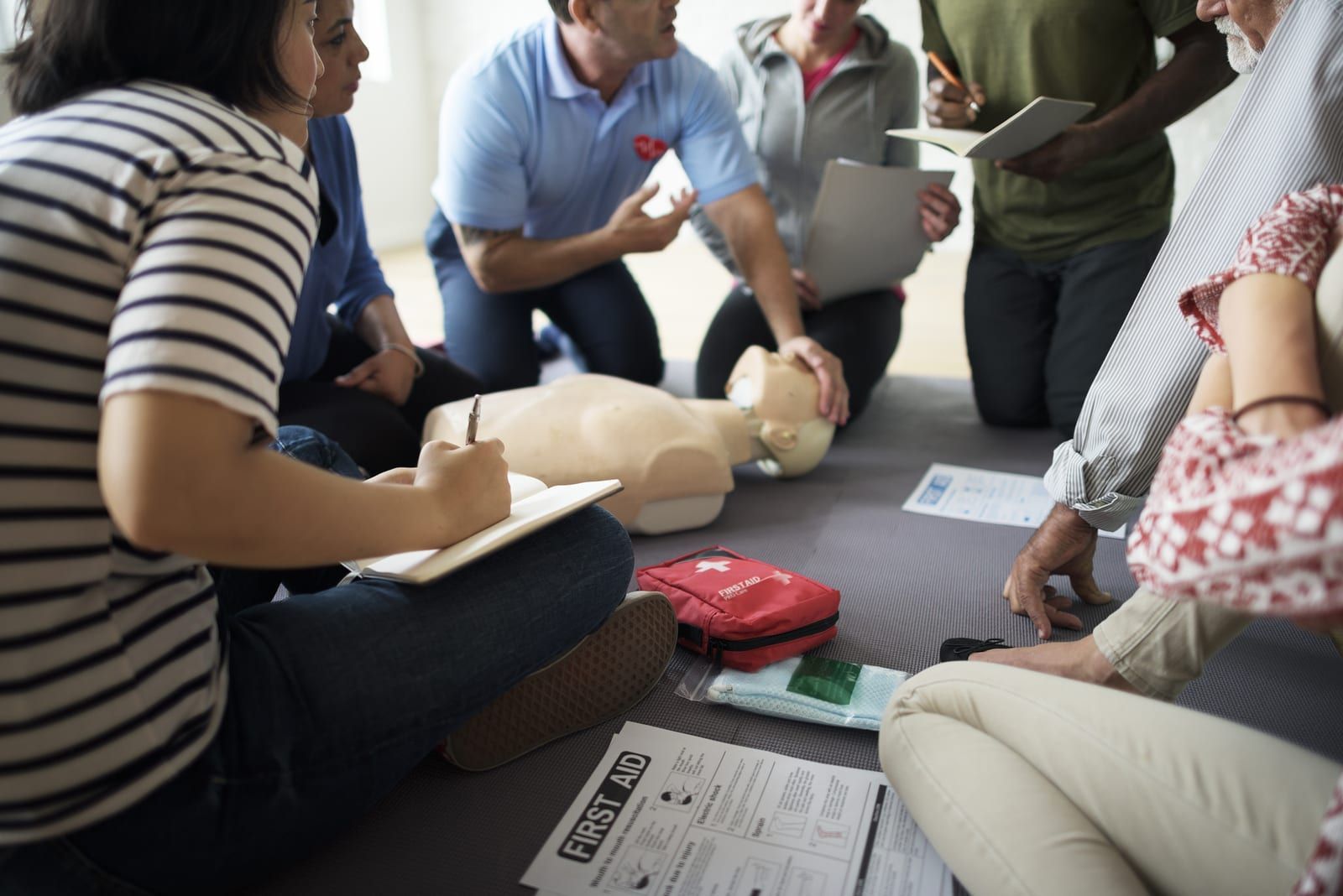
To understand why recommendations have changed, it helps to know how CPR has evolved.
- 1960s: Mouth-to-mouth became standard alongside chest compressions.
- Over time, researchers discovered that interrupting compressions for breaths can hurt survival rates.
- 2008 onward: The AHA began promoting hands-only CPR for lay rescuers.
The emphasis now is on keeping blood moving, especially in the critical first few minutes before EMS arrives.
Hands-Only CPR: What the AHA Guidelines Say in 2025
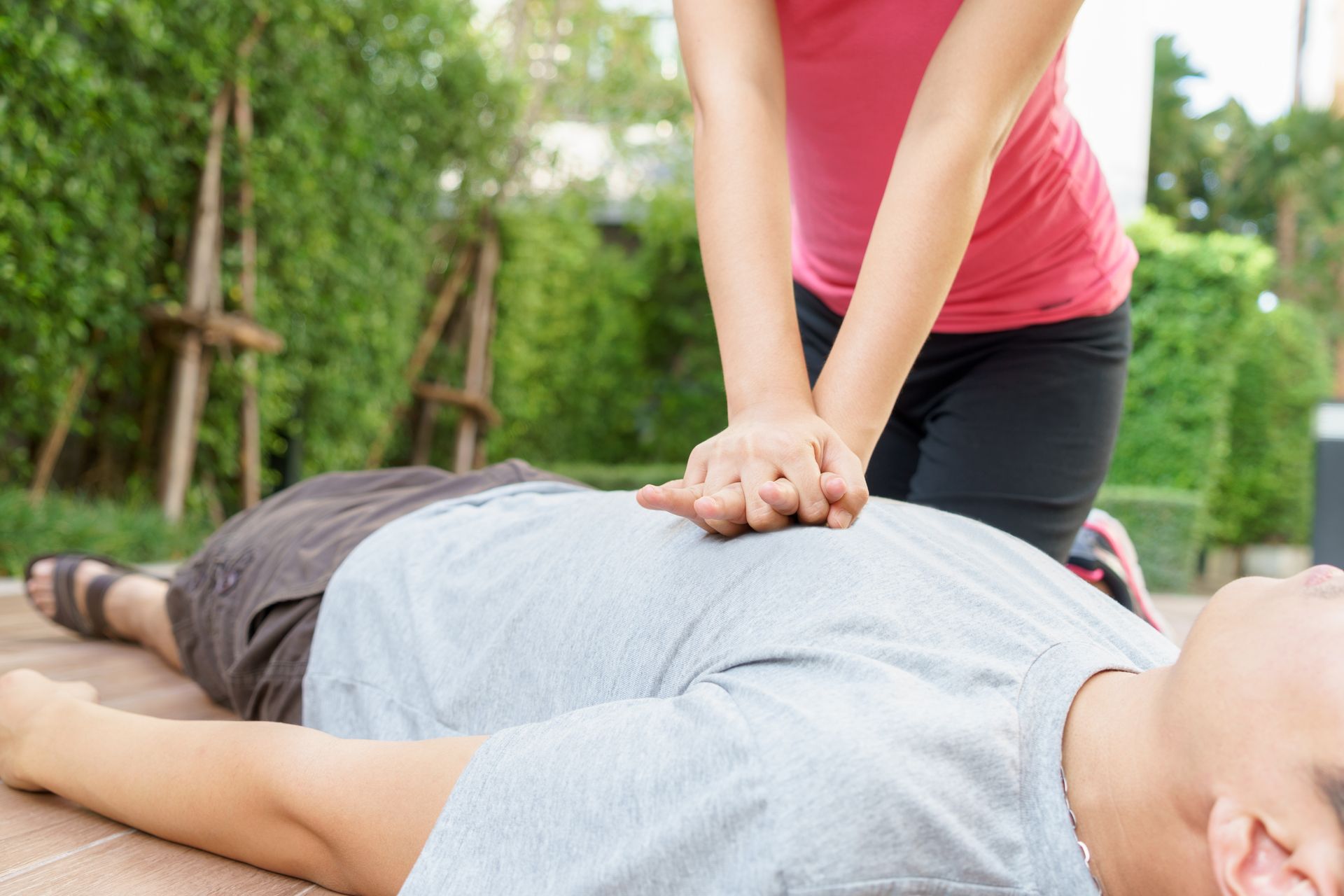
For adult victims of sudden cardiac arrest:
- Chest compressions alone are usually enough if you're a bystander.
- Push hard and fast in the center of the chest — around 100-120 compressions per minute.
Why This Matters:
- Many people hesitate to give mouth-to-mouth due to fear of infection or lack of confidence.
- Hands-only CPR is easy to remember and encourages more people to act quickly.
- Studies show it can be just as effective in the first few minutes of cardiac arrest.
When Is Mouth-to-Mouth Still Necessary in CPR?
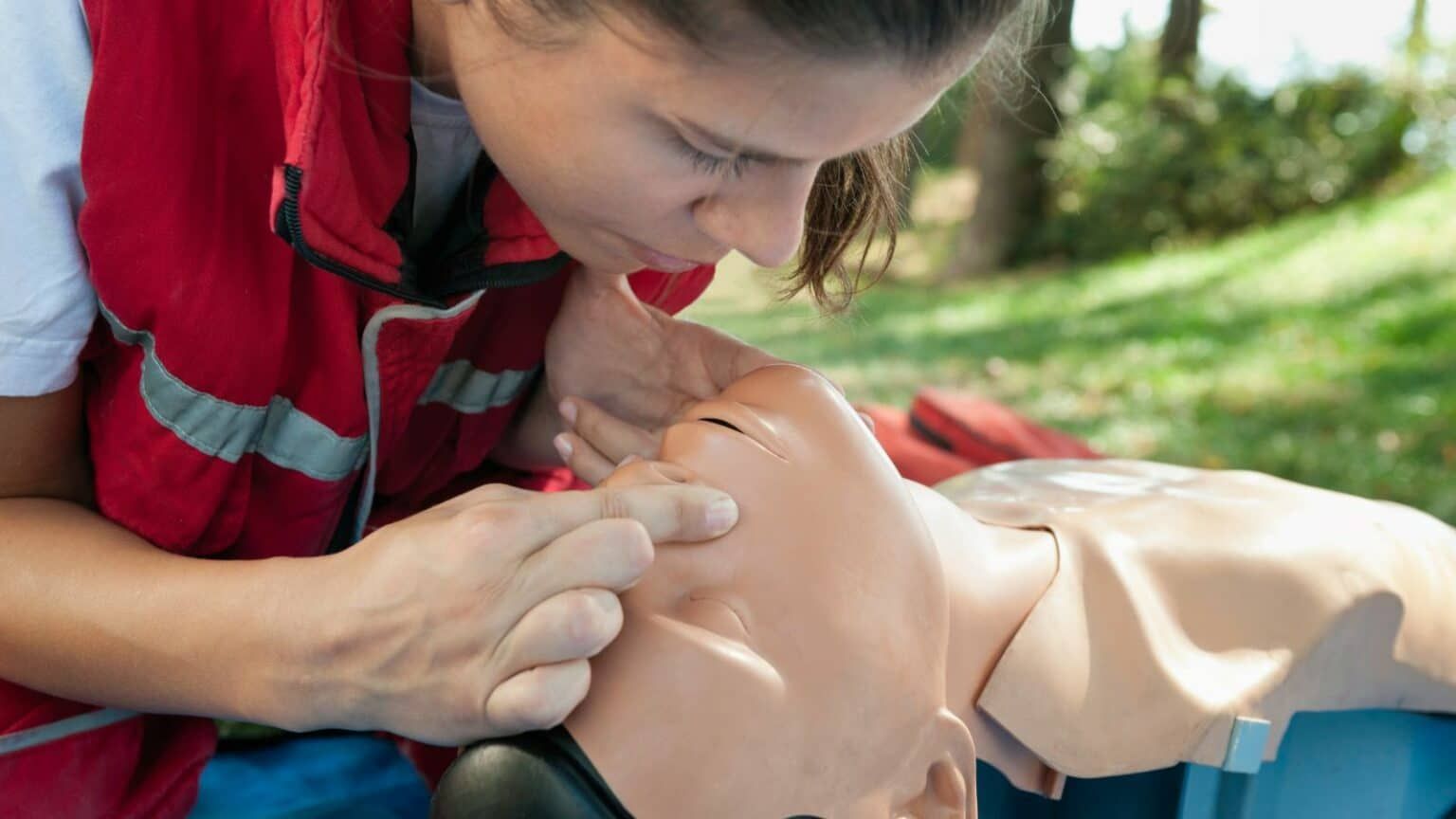
There are still situations where rescue breathing is critical.
You should perform full CPR (30 compressions to 2 breaths) if:
- The victim is a child or infant.
- The cause is respiratory-related (like drowning, choking, or asthma).
- You suspect an opioid overdose or another drug-related emergency.
- You're a trained responder and confident in your ability.
In these cases,
oxygen delivery is essential for survival.
Step-by-Step: How to Perform Mouth-to-Mouth Safely
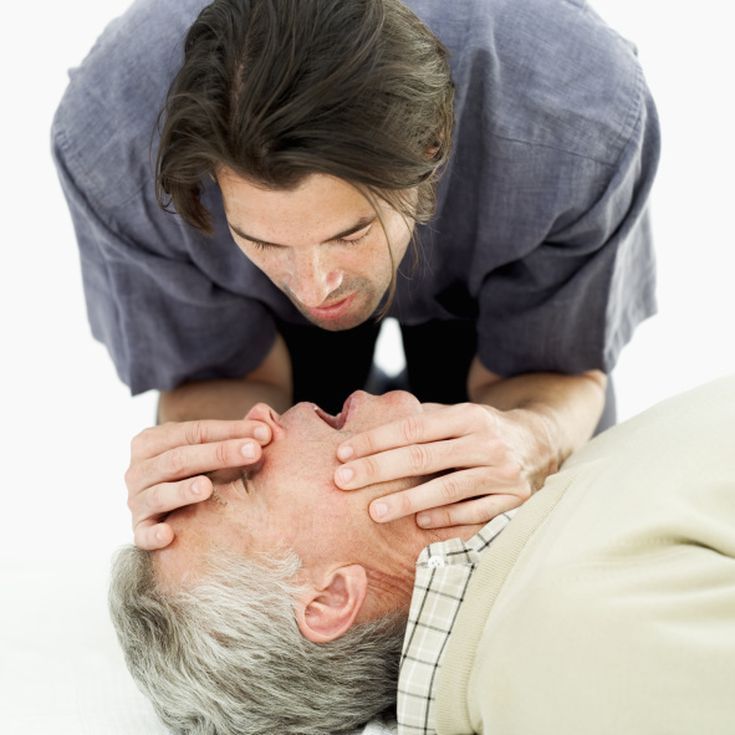
If you’re trained and the situation calls for it, follow these steps:
- Check for responsiveness
- Tap and shout: "Are you OK?"
- Call 911 or ask someone else to do it
- Open the airway
- Tilt the head back and lift the chin
- Check for breathing
- Look for chest movement or listen for breath sounds
- Give 30 chest compressions
- Center of the chest, 2 inches deep, at 100–120 compressions per minute
- Give 2 rescue breaths
- Pinch the nose, seal your mouth over theirs
- Blow gently for about 1 second — just enough to make the chest rise
Tips for Safety:
- Use a CPR face shield or pocket mask to reduce infection risk
- Avoid over-inflating the lungs
- Ensure the airway is clear before giving breaths
Why Some People Hesitate to Give Mouth-to-Mouth — And How to Overcome It

Hesitation is natural — especially when it comes to mouth-to-mouth.
Common reasons include:
- Fear of disease transmission
- Worry about doing it wrong
- Discomfort with performing CPR on a stranger
How to Get Past That:
- Use a barrier device — easily carried on a keychain or in your car
- Hands-only CPR is your go-to if you're not sure
- Take a refresher course — confidence comes with practice
Rapid Rescue always reminds students:
Doing something is better than doing nothing.
CPR Training in 2025: Tech, Tools, and Staying Ready
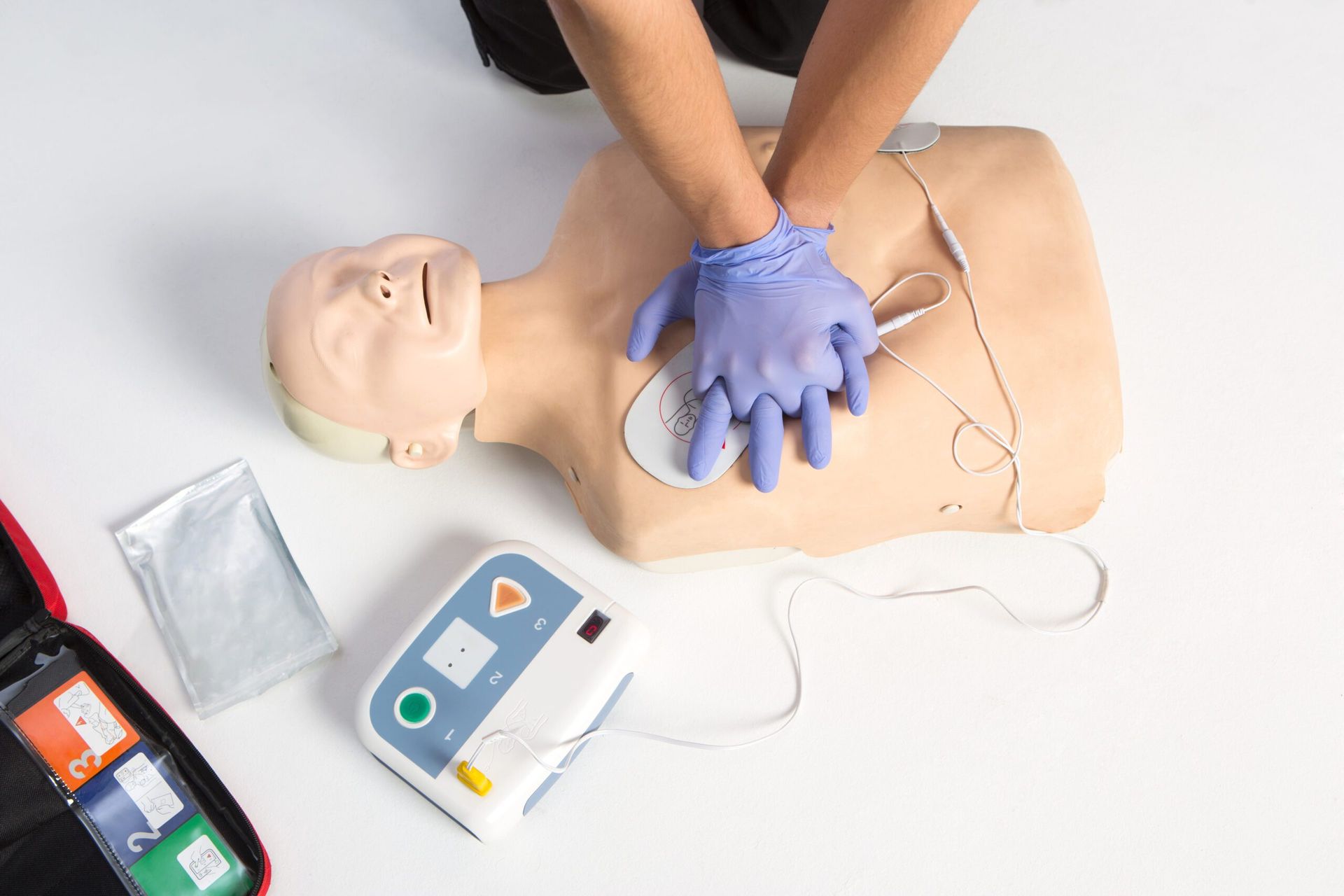
It’s easier than ever to learn CPR — and stay ready to save a life.
Modern CPR Training Resources:
- Mobile apps with video instructions and real-time guidance
- Online CPR certification courses — affordable and flexible
- VR training simulations for hands-on practice
- Automated feedback manikins that correct your compression depth and speed
At
Rapid Rescue, we recommend re-certifying every 2 years to stay sharp and up-to-date with the latest standards.
Hands-Only CPR vs. Traditional CPR (Comparison Table)
| Feature | Hands-Only CPR | Traditional CPR (with breaths) |
|---|---|---|
| Suitable For | Most adult cardiac arrest | Children, infants, drowning, overdose |
| Recommended For | Untrained bystanders | Trained individuals |
| Complexity | Simple (compressions only) | More complex (includes breaths) |
| AHA 2025 Guidelines | Yes | Yes (in specific cases) |
| Risk of Hesitation | Lower | Higher (due to mouth-to-mouth) |
| Effectiveness (First Few Minutes) | High | High (when used correctly) |
CPR Practices Around the World: Cultural and Global Perspectives
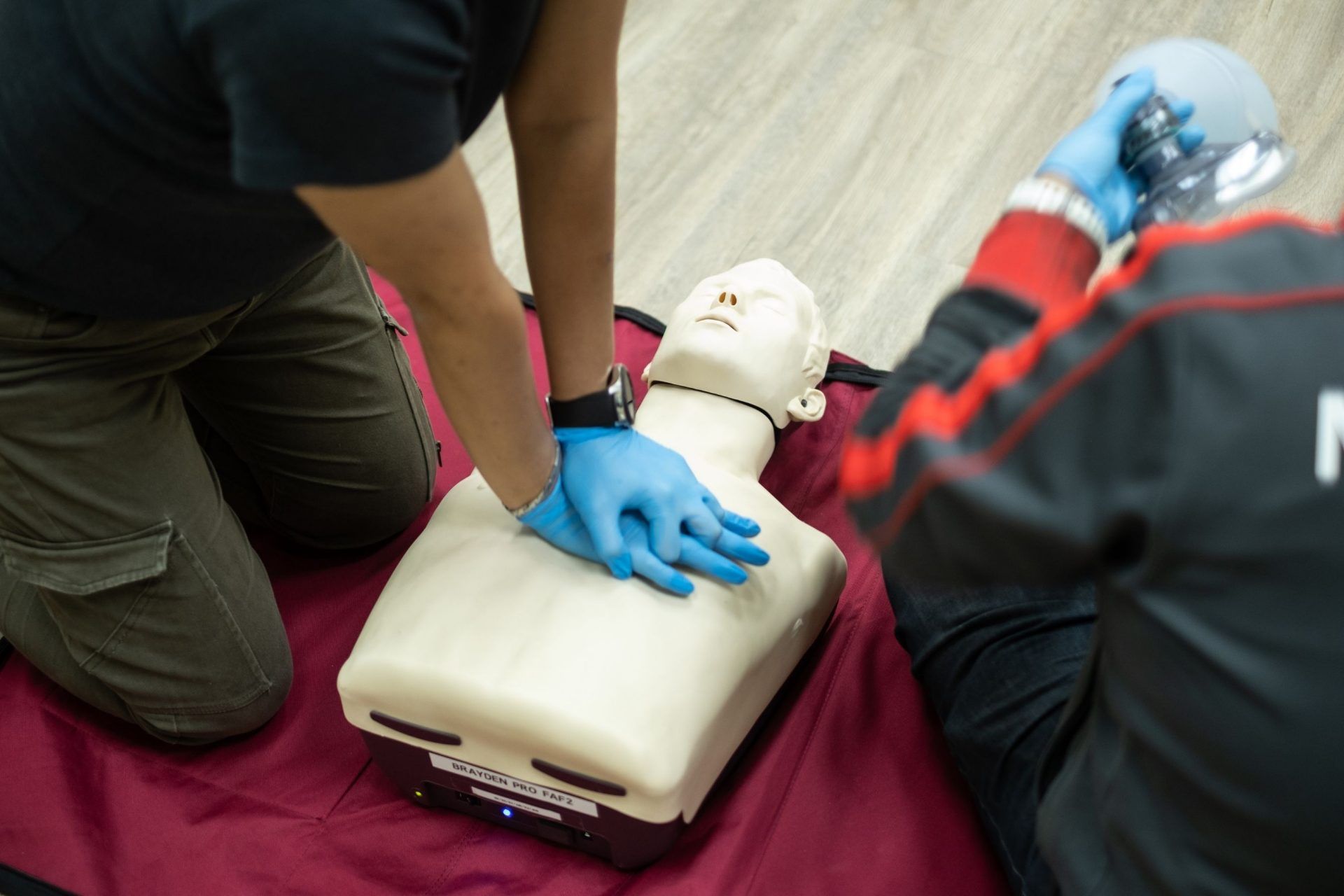
Not every country approaches CPR the same way.
International Variations:
- Europe often trains bystanders to do full CPR with breaths.
- Japan has one of the highest rates of public CPR training and AED access.
- In some countries, cultural norms may discourage mouth-to-mouth, especially between strangers.
What This Means:
- Guidelines are adapted to local context, healthcare systems, and public attitudes
- Always follow the most recent local recommendations
Whether you’re in the U.S., Canada, or abroad —
Rapid Rescue encourages all clients to learn CPR that matches
your region’s best practices.
What You Should Remember Moving Forward
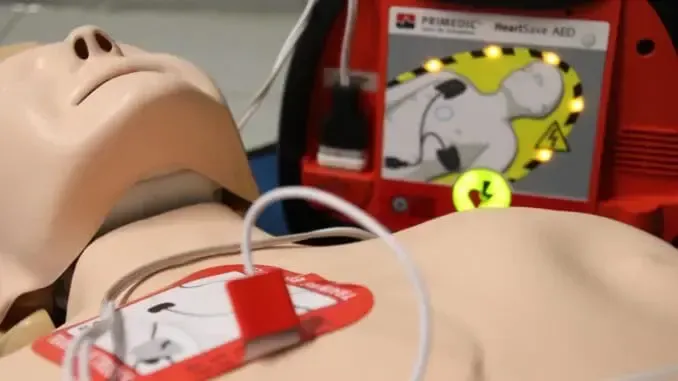
So, is mouth-to-mouth still recommended for CPR in 2025?
Yes — but only in specific situations. If you're a bystander and someone collapses from sudden cardiac arrest:
- Hands-only CPR is likely all you need to do.
- Rescue breaths matter for infants, children, and in respiratory-related events.
Take Action Now:
- Sign up for certified CPR training with Rapid Rescue
- Keep a CPR face mask in your bag or car
- Download a CPR training app for quick reference
Saving a life doesn’t take perfection. It takes action. Learn the skills, stay ready, and be the reason someone gets a second chance.
Get started with CPR-Professionals today!
Contact Details
The most efficient way to contact us is via email. The website is available 24/7 to assist you.
Email: info@cpr-professionals.com
Office Hours
Monday-Friday 9am-4pm
